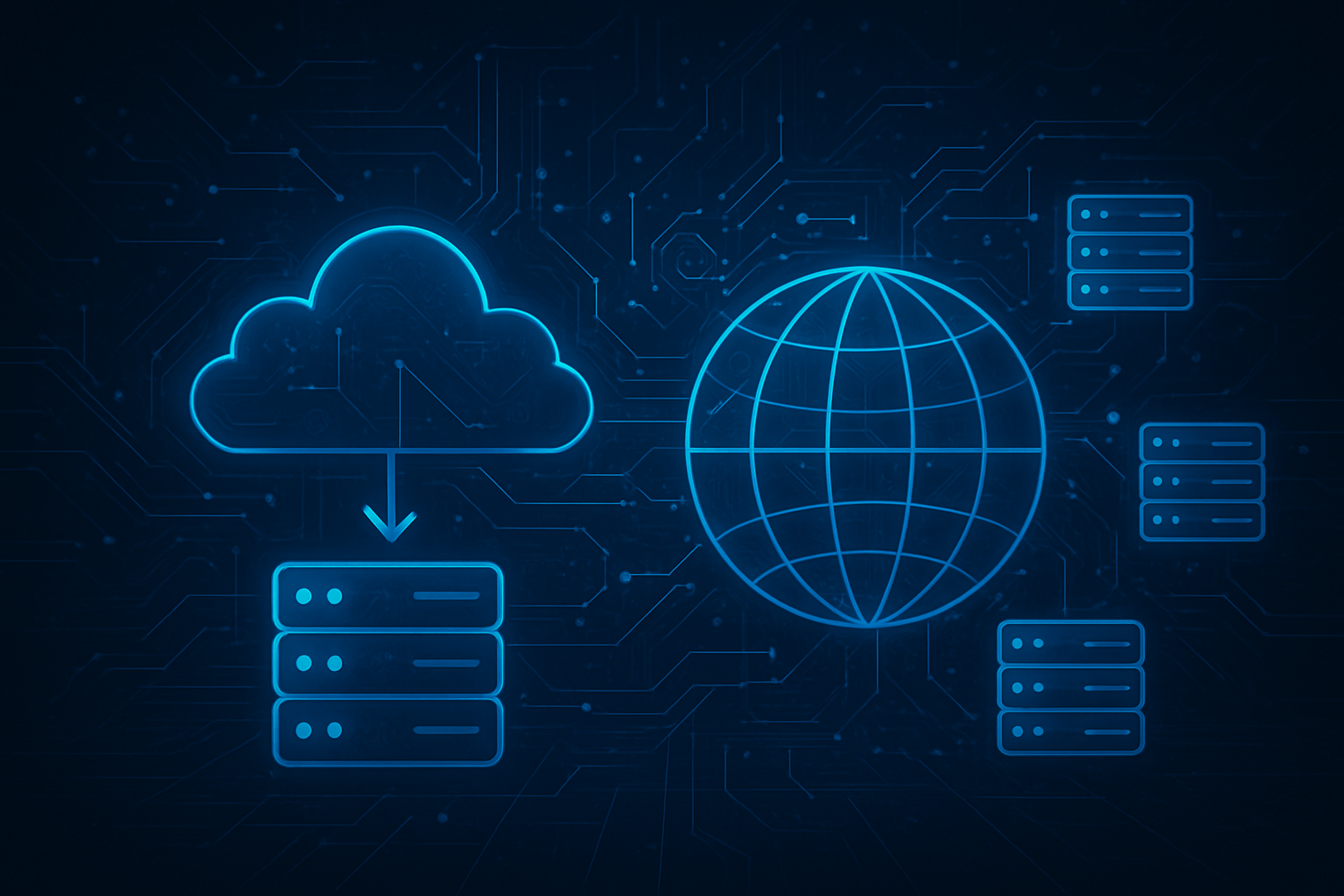21 August 2025
Content Delivery Network (CDN): An Optimal Solution for Digital Content Distribution
Content Delivery Network (CDN): An Optimal Solution for Digital Content Distribution
In today’s fast-paced digital era, access speed and service stability have become critical factors in shaping user experience. Whether for e-commerce, streaming services, online media, or cloud-based applications, the need to deliver content quickly and securely continues to grow. One of the most effective solutions to address these challenges is the Content Delivery Network (CDN).
What Is a CDN?
A Content Delivery Network, or CDN, is a system of distributed servers strategically located across the globe. Its primary function is to deliver digital content—such as images, videos, static files, and application scripts—from the server closest to the end user. This drastically reduces loading times compared to retrieving data directly from a central server.
How Does a CDN Work?
The concept behind a CDN is simple: the closer the server is to the user, the faster the content will load. For example, a user in Jakarta accessing a website hosted in the United States would face noticeable latency without a CDN, as the data would have to travel thousands of kilometers. With a CDN, however, the request is routed to the nearest cache server, such as one located in Singapore, ensuring faster content delivery.
Beyond caching, CDNs also leverage technologies like load balancing and network optimization to maintain efficient data distribution, even during high-traffic periods.
Key Benefits of a CDN
Improved Speed and Performance
By shortening the distance between users and servers, CDNs significantly improve website and application loading times.Scalability and Stability
CDNs help maintain consistent performance even during sudden traffic spikes, such as major e-commerce sales or live broadcasts.Enhanced Security
Many CDN providers integrate security features, including DDoS protection, data encryption, and Web Application Firewalls (WAF), to safeguard systems against cyber threats.Reduced Bandwidth Costs
Since CDNs store cached content on edge servers, they lower the demand on the origin server and reduce overall bandwidth consumption.High Availability
If one server fails, CDNs automatically reroute traffic to the next available server, ensuring minimal downtime and continuous availability.
CDN in Everyday Life
Unknowingly, most of our online activities rely on CDNs. Watching videos on streaming platforms, browsing social media, or reading news on online portals—all are powered by content distribution networks. Even large-scale business applications and cloud services heavily depend on CDNs to deliver smooth and reliable performance.
The Future of CDNs
With the rapid adoption of technologies such as the Internet of Things (IoT), artificial intelligence, and 5G, the role of CDNs will become even more essential. They are no longer just about fast content delivery, but also about enabling personalized, secure, and real-time digital experiences. A Content Delivery Network (CDN) stands as a cornerstone of the modern digital ecosystem. By leveraging globally distributed servers, CDNs provide users with faster, more stable, and more secure experiences. For businesses and digital service providers, investing in a CDN is no longer optional but a necessity to remain competitive in today’s online-first environment.
Is this information helpful?
